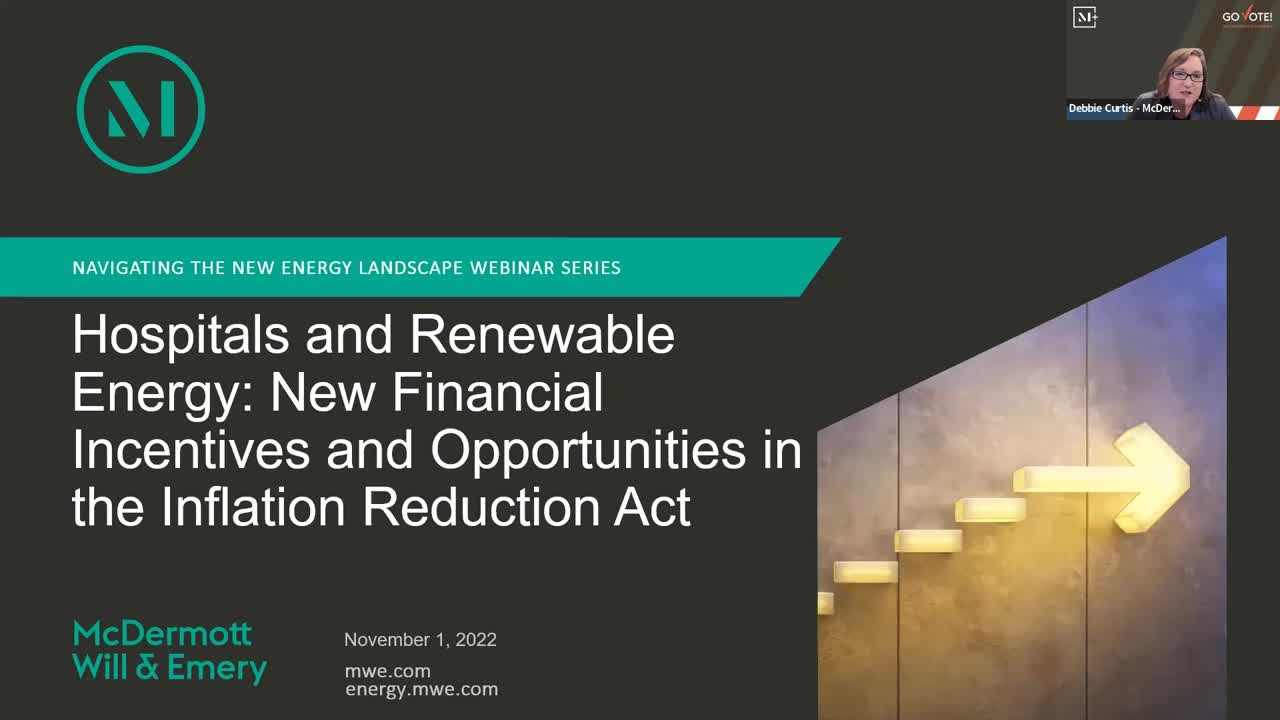One of the US Department of Commerce’s (Commerce) signature contributions to Power Africa has been the Understanding handbook series developed by its Office of the General Counsel’s Commercial Law Development Program (CLDP). This open-source and plain-language knowledge library now includes six handbooks explaining a range of essential topics in power project contracts, financing and procurement. In recent years, the Understanding series has expanded to focus on unique challenges in Africa’s energy market, such as the complex nature of private participation in transmission projects. With 65,000 copies in print and tens of thousands more copies downloaded online, the Understanding series has become a trusted resource in Africa’s power project community.
The most recent addition to the Understanding series, Understanding Energy Storage, comes at a critical time in both the development of the continent and the effort to combat climate change globally. The hope is that this handbook will contribute to Power Africa’s efforts to catalyze new energy storage investment as a core component of overall market development. This handbook supports the Commerce’s Renewable Energy and Energy Efficiency Advisory Committee’s recommendations on (1) Clean Tech Export Competitiveness Strategy, (2) Energy Equity and (3) Technology Risk Mitigation and Financing; and advances the US International Climate Finance Strategy.
This handbook is from Commerce’s Commercial Law Development Program and is co-authored by McDermott Associate Seth Doughty.
read more

 Subscribe
Subscribe

